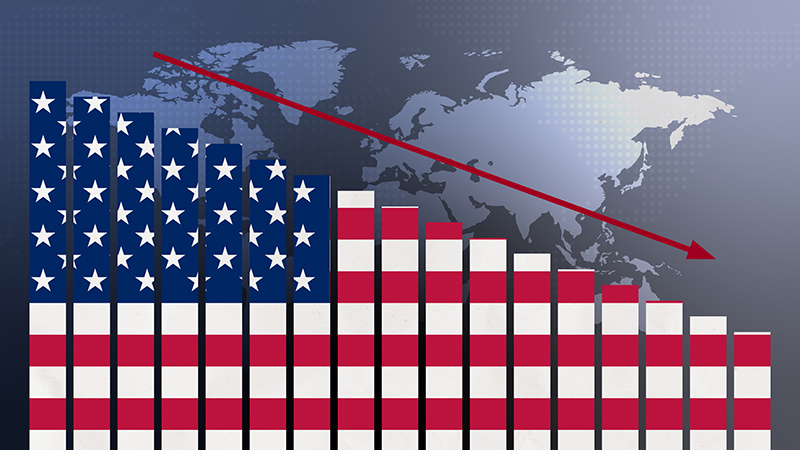Passive inflows into the IA Global Emerging sector hit £83m in the first quarter of 2018, indicating many investors are still using index trackers when it comes to investing in the region.
According to data from Strategic Insight, during the first quarter of this year the emerging market sector had already helped itself to a third of the total inflows seen during the whole of 2017, with flows growing consistently over the last nine quarters.
To put the inflows into perspective, quarterly inflows for the sector were £30.5m in 2015 and £36.5m in 2016.
“The IA Global Emerging Markets sector has consistently increased its intake, with £60m each quarter last year, climaxing with £83m in Q1 2018,” said Ran Vispap-Rich, a senior analyst at Strategic Insight.
In terms of wider inflows during the quarter, investments via platforms into passive funds have now outpaced active fund flows over the last 13 quarters, according to Strategic Insight. Indeed, some 13 IA sectors with passive offerings registered more than £100m inflows each during the time period.
However, Vispap-Rich said financial advisers in the UK are starting to reconsider active investments as safer portfolios during a forecasted bear market, given the notion we may have reached the summit of passive investments.
“To put the concept simply, investors are more willing to pay active managers’ fees to avoid or mitigate the risk of seeing their portfolio dip sharply than to pay for a potential equivalent gain, and their advisers indeed predict the conditions to cause an inconsistent market to ripen,” he said.
“According to the Natixis Investment Managers’ survey from March 2018, 40% of UK advisers said their clients reacted emotionally to increased volatility, thus advisers should factor in in their advice that a majority of actively managed funds failed to beat their benchmarks during the financial crisis of 2008 and the dot-com bubble burst that kicked off in 2000.”
So has passive investment reached its peak? According to Vispap-Rich it depends who you ask. “We would point out that this rhetorical question has been lingering around for some time now and we were met with similar indications when we analysed our data a year ago,” he said.
“Nonetheless, in our 2017 Q1 report we estimated that passive gross sales via platforms would hit 11.7% market share for the full calendar year (+c1% against 2016). Our data show that passive intake for 2017 stood at 11.82% market share, and we anticipate it to surpass 12.5% in 2018, albeit with slower growth in terms of sales.”











